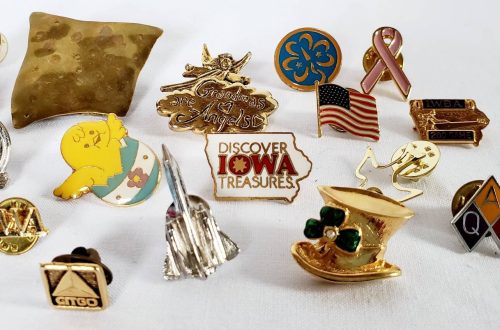Artists have a remarkable ability to transform everyday objects into instruments of creativity, pushing the boundaries of what we consider conventional tools for artistic expression. While brushes, pencils, and paints are the traditional go-to choices for many, there’s a thriving world of unconventional art tools that can bring unique textures, patterns, and depth to your work. These alternative tools offer a new perspective on the creative process and allow artists to break free from the constraints of the familiar Art.
Let’s dive into the world of unconventional art tools and explore the exciting possibilities they offer.
1. Palette Knives: A Twist on the Traditional
Palette knives, typically used for mixing paints, have found their way into the world of unconventional art tools. Their flat, flexible blades make them perfect for creating bold, impasto textures and adding striking visual appeal to your artwork. By applying thick layers of paint with a palette knife, you can achieve a three-dimensional effect that goes beyond what a brush can offer.
Artists like Vincent van Gogh and Leonid Afremov have famously utilized palette knives to produce memorable masterpieces. The versatile nature of these tools allows you to create a wide range of textures, from delicate, knife-edge strokes to thick, bold smears.
2. Toothbrushes: Creating Splatter Art
Ever thought about using a toothbrush to create art? Toothbrushes can serve as fantastic tools for producing intricate splatter patterns. Simply dip the bristles into diluted paint and flick them onto your canvas to generate dynamic textures. This technique is often associated with the renowned American artist Jackson Pollock, who employed it to create his famous drip paintings.
The unpredictability of toothbrush splatter art adds an element of spontaneity to your work, making every piece truly unique.
3. Sponges: Soft, Textured Blending
Sponges provide a softer touch compared to brushes and are perfect for blending colors seamlessly. They’re excellent for creating gradients, softly textured backgrounds, or even adding a touch of atmospheric mist to your artworks. Sponges can be cut into various shapes and sizes to achieve different effects and textures.
Artists often use natural sea sponges for their distinctive textures and porous surfaces. By experimenting with different sponge shapes and sizes, you can create a wide range of textural effects.
4. Credit Cards: The Art of Scaping
Your everyday credit or loyalty card can serve as an interesting scraping tool in art. By dipping the edge of a card into paint or other mediums, you can create intricate, controlled textures on your canvas. This technique is commonly used in mixed media art and can add a dynamic element to your work.
The flexibility and uniformity of credit cards make them excellent for producing sharp lines and defined shapes in your art.
5. Combs: Striking Geometric Patterns
Combs are a fantastic choice for artists who enjoy working with geometric or linear patterns. Dragging a comb through wet paint can create visually striking effects, with the comb’s teeth defining sharp lines and interesting textures. This unconventional tool is great for adding structure and depth to your work, whether you’re creating abstract art or looking to incorporate some order into your pieces.
6. Cloth and Textures: Layered Complexity
Experimenting with various fabrics and textures can add a new dimension to your artwork. Utilize cloth, lace, or even netting as stencils or to create intriguing surface patterns. When pressed onto wet paint or used with spray paint, these materials can transfer their unique textures to the canvas, adding depth and complexity to your work.
Artists like Yayoi Kusama have employed textures and fabrics in their work to produce mesmerizing results that engage the viewer on multiple sensory levels.
7. Fingers: The Most Organic Tool
Perhaps the most unconventional tool of all is your own fingers. Finger painting is a timeless technique that allows for an intimate and tactile connection with your artwork. Using your fingers, you can blend colors, create intricate details, and add personal touches that no brush can replicate. This approach is especially popular among young artists and those seeking a more immediate, visceral connection to their work.
Exploring unconventional art tools can be a liberating experience, offering endless possibilities for creativity and self-expression. These alternative tools encourage artists to break free from the constraints of traditional mediums and embrace the unexpected. So, don’t be afraid to think outside the box and experiment with everyday objects to take your art to new and exciting places. Your next masterpiece may just be a palette knife, toothbrush, or sponge away!





